This wonderful castle in Europe is best known for its potential world-famous fictional resident.
In this post, you’ll discover the ultimate list of interesting facts about Bran Castle.
1. It’s located in the heart of Romania in Eastern Europe
Bran Castle is located in a small town with the same name in central Romania. It’s located about 25 kilometers (16 miles) to the southwest of Brașov, a much larger city in the historical region of Transylvania.
The castle was built on the Transylvanian side of the historical border with Wallachia, another historical region in Romania.
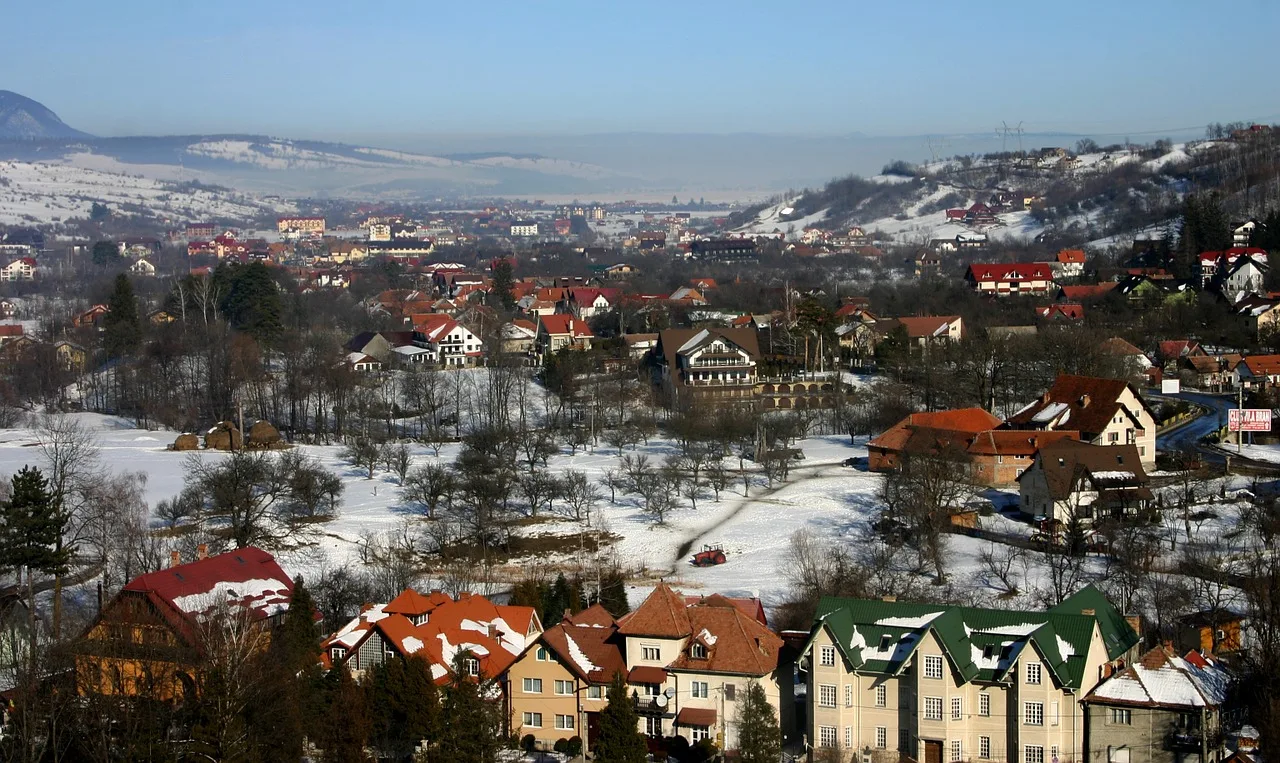
2. It’s situated in a relatively hilly area
The castle was built in a very strategic position because it’s situated at the foot of an important mountain pass which gave travelers access to the other side of the mountains. Therefore, throughout its history, it has been an important military fortification in the area.
It’s believed that this mountain pass had been used by traders for over 1,000 years which makes it likely that there were multiple structures on its location which have now been lost to history.
The castle itself is situated at an elevation of about 760 meters (2,500 feet).
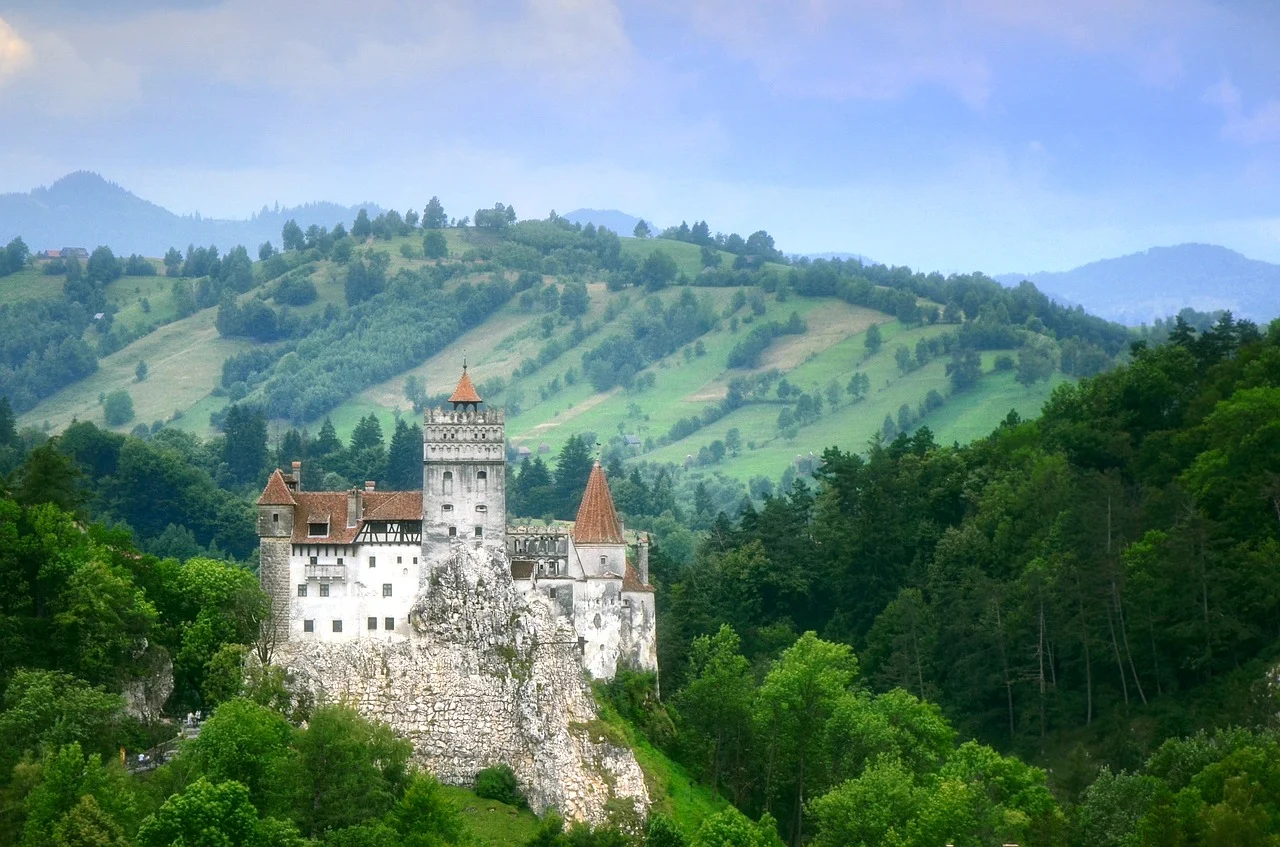
3. It’s known as Dracula’s Castle, even though this is unclear
Bran Castle is most famously known in other parts of the world as “Dracula’s Castle,” a reference to the fictional Count Dracula in Bram Stoker’s famous novel “Dracula.”
This reference has been made without any shred of evidence so it remains unclear whether or not Bram Stoker had any knowledge at all about the castle in Bran.

We do have to admit that it has a mysterious and scary appearance which could be the home of an infamous figure such as Count Dracula. The comparison ends there because, in Bram Stoker’s novel, the Count’s castle is literally crumbling, which clearly isn’t the case with the real castle.
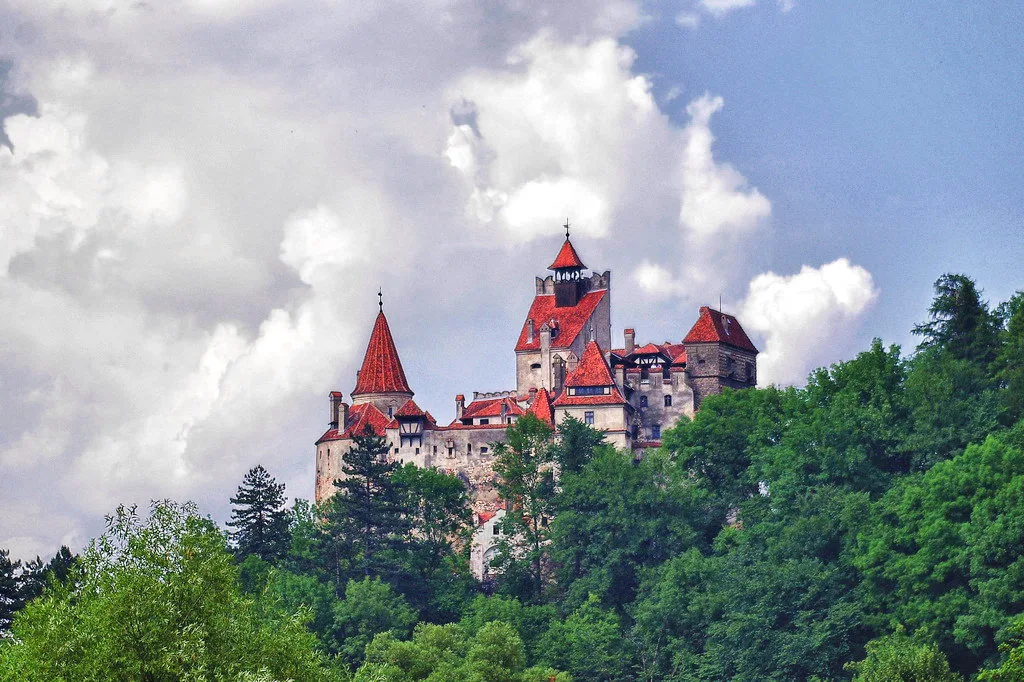
4. The reference to Dracula probably comes from this infamous ruler
Just because the castle looks quite scary, at least a lot scarier than other castles in Transylvania, we can’t really assume that Bram +Stoker intended to turn Bran Castle into the castle of the infamous Count.
The more likely reference is that to one of the most brutal rulers in human history named Vlad III, better known as “Vlad the Impaler.” He ruled as the Voivode of Wallachia between 1448 and his death in 1477.
He didn’t steal his name because it literally refers to his horrible crimes which included impaling people who didn’t agree with him just to scare off his enemies.
This worked well for quite some time but he was under constant threat from Ottoman and Hungarian forces and was even captured once by the Hungarians. Even though some historians assume that he might have been locked up at Bran Castle, this has been debunked and he probably never even set foot in the castle.
The main reason he is being referred to as the “real Count Dracula” is that he was the second son of Vlad Dracul, ruler of Wallachia from 1436 until 1447. The Romanian government even marketed the castle as the “real Dracula Castle” since the 1970s.

5. The original castle was probably destroyed by the Mongols
The first castle on the location that was mentioned was a wooden structure built by the Teutonic Order, also known as the “Order of Brothers of the German House of Saint Mary in Jerusalem. This original castle was built in the year 1212 and was located in a region then referred to as the “Burzenland.”
One of the most remarkable facts about Bran Castle is that it was also given a German name, Dietrichstein, probably after the commander of the Teutonic Order who built the castle. This man is referred to as “frater Theodericus” in Latin.
Even though there isn’t really a reference to the event, it’s assumed that this wooden structure was destroyed during the Mongol Invasion of Europe in the 13th century, probably around 1242.
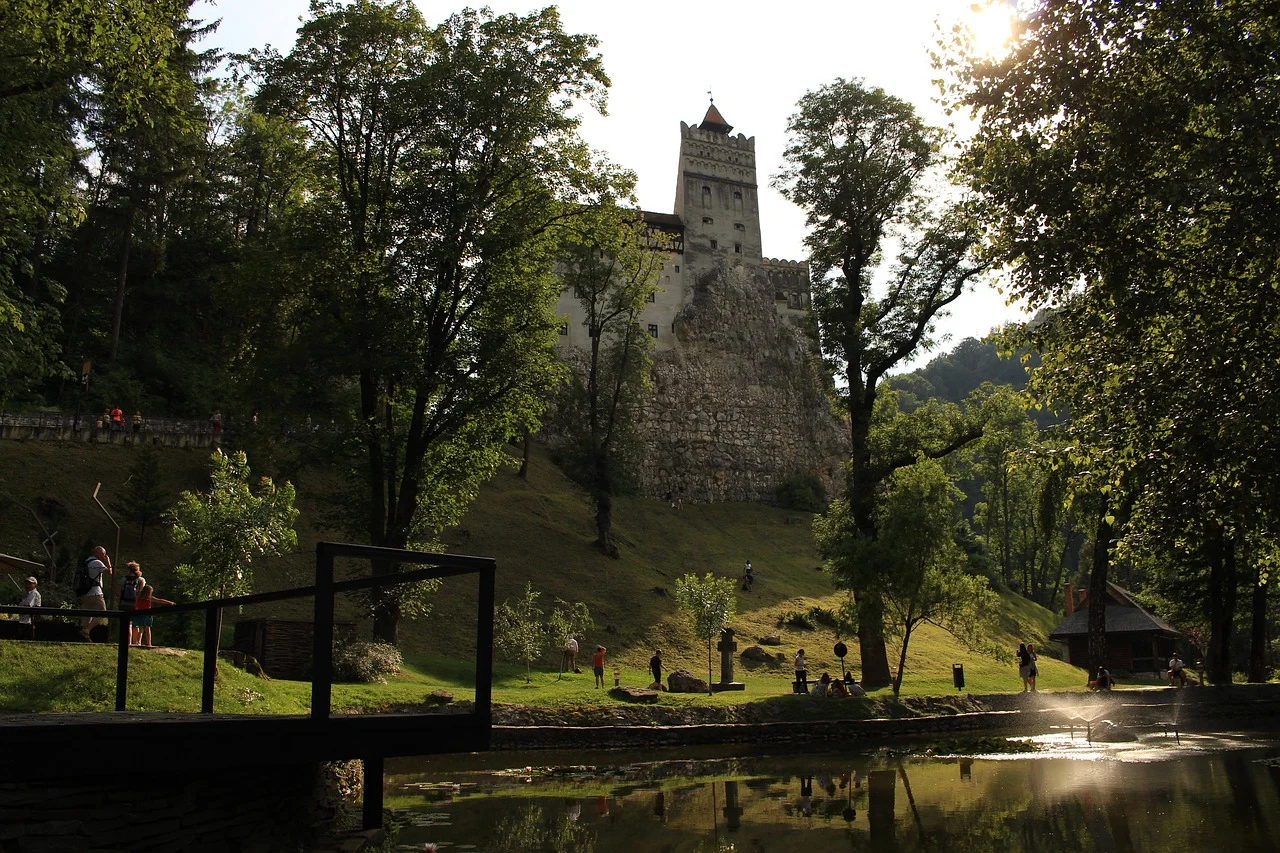
6. The current castle was built in the late 14th century
The first mention of a stone castle on the site was made over 100 years later in the year 1377. In this act, Louis I of Hungary mentions that the Saxons of Kronstadt, modern-day Brașov, were allowed to build a stone castle on the location.
Ever since the late 14th century until the mid-18th century, the castle has had a strategic military function to defend the region from invaders, starting in the 15th century during invasions of the Ottoman Empire between 1438 and 1442.
Apart from its military function, it was also a custom post for the route used by traders and travelers between Wallachia and Transylvania.
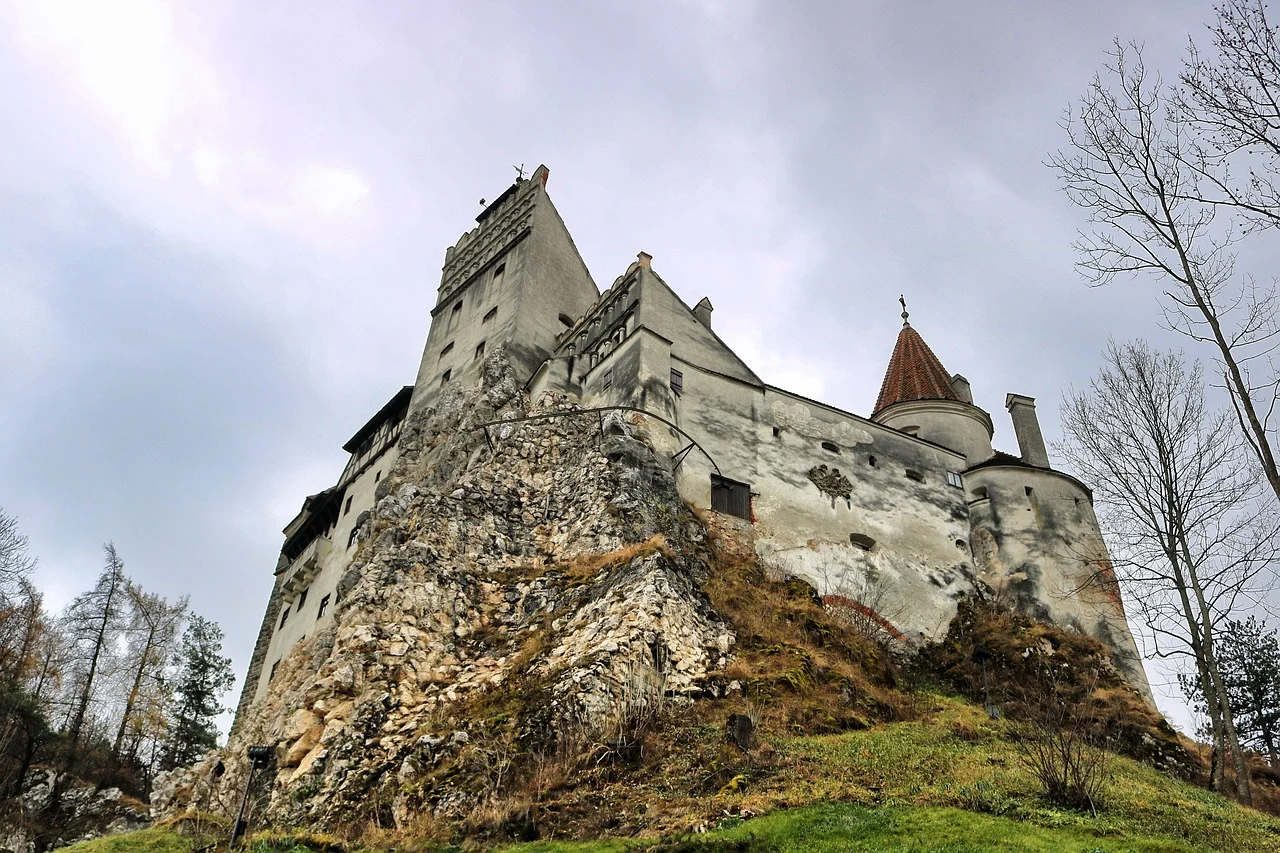
7. It only became the property of Romania after World War I
In the year 1920, shortly after the end of World War I, Hungary lost Transylvania to the Romanian Kingdom when the Treaty of Trianon was signed at the smaller palace at Versailles.
After this event, the castle became a residence of the Romanian Royal Family after it was donated by the Saxons of Kronstadt-Braşov who still owned it back then.
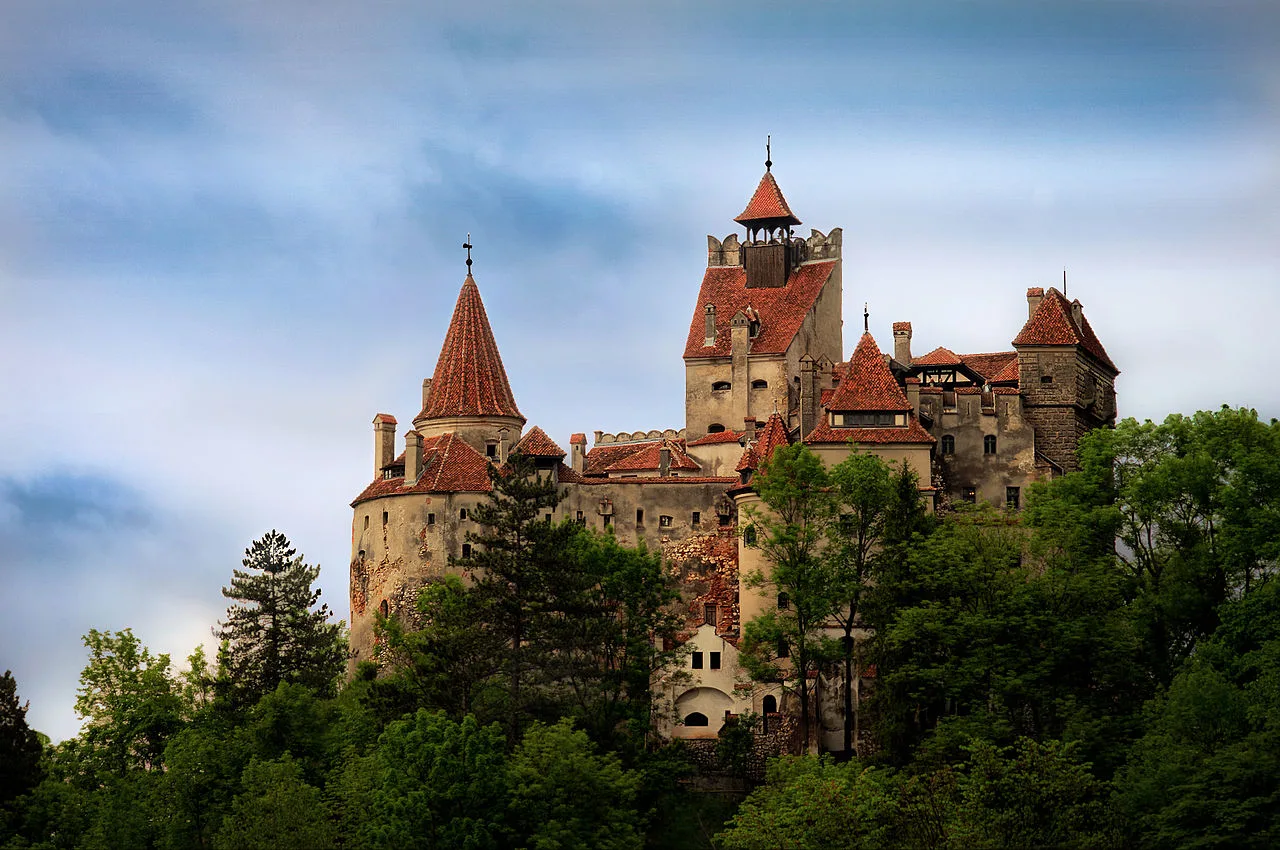
8. Bran Castle was once the favorite residence of Queen Marie
Bran Castle’s mysterious and imposing appearance was something that was very much appreciated by Marie of Romania, also known as “Marie of Edinburgh” and Queen consort of Romania as the wife of King Ferdinand I.
She not only completely renovated the deteriorated castle but it also became one of her favorite residences and retreats.
One of the most fascinating facts about Bran Castle is that it was eventually inherited by her daughter, Princess Ileana, who turned it into a hospital during World War II, quite a different purpose than the military fortification it was originally built for!
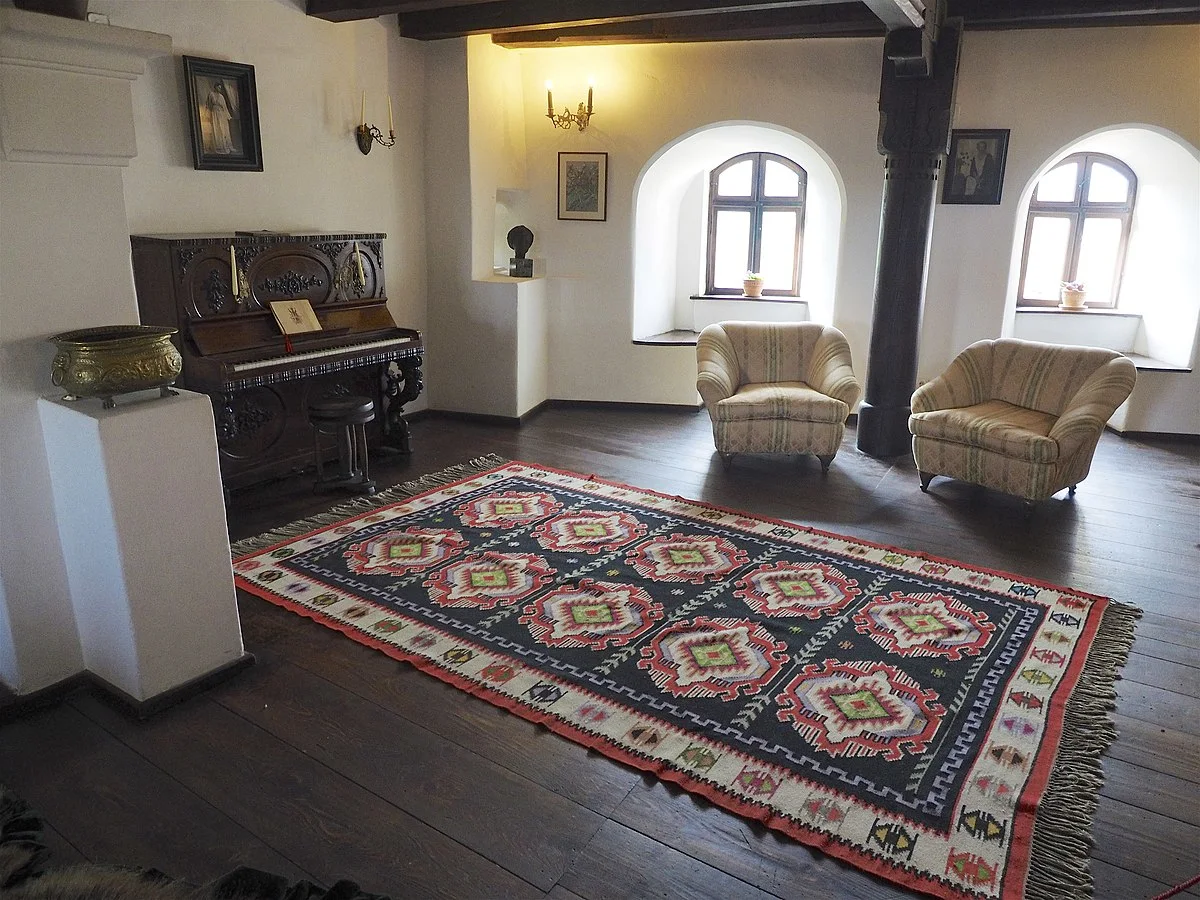
9. It’s a national monument of Romania, but not owned by the state
After World War II, the Romanian Royal Family was abdicated and Princess Ileana eventually moved to the United States where started the first English language Orthodox monastery in North America.
The communist regime had seized the castle in 1948 and it eventually passed onto the Romanian State after the fall of Communism in the early 1990s.
A change in the law in 2005 eventually returned the castle to the son of Princes Ileana named Dominic von Habsburg, who was entitled to the property once owned by his mother.
One of the most amazing facts about Bran Castle is that after a lengthy legal procedure, he finally became the rightful owner of the castle together with his two sisters, Baroness Maria Magdalena of Holzhausen and Elisabeth Sandhofer, on May 18, 2009.

10. Bran Castle was completely renovated and is now a popular museum
Shortly after the Habsburgs acquired ownership of the castle, they opened it to the public as a museum that displays art and furniture collected by their mother, Princess Ileana.
This means that what is being referred to as the infamous castle of Count Dracula is in fact a lovely castle to visit and one of the most popular tourist attractions in Romania today!

